In times where graphics cards are scarce and even slower entry-level models still cost over 500€, desperate gamers eventually get creative. Even though a new, small graphics card is being launched this afternoon, the need is really great. That’s why I wrote this little article, which will help you to bridge the time until the launch, or might even give you something to think about. That you can’t play current AAA titles with an 8 year old midrange card is of course out of the question. But what else is possible with such an old sweetheart? Let’s find out!
Unboxing
A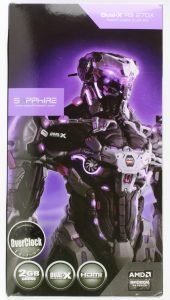 ln the attic a few days ago, I was looking for the packaging of an old processor, and the box of a Sapphire graphics card fell into my hand. Upon closer inspection, I saw the model number: Radeon R9 270X. Wasn’t that the re-released HD 7870 that I replaced with a much faster GTX 980 many years ago? I wonder if it still works After we had temperatures far below 20°C minus in winter, I had my doubts. Surprisingly clean and with complete accessories I had the card stored, so I can even serve with a kind of unboxing.
ln the attic a few days ago, I was looking for the packaging of an old processor, and the box of a Sapphire graphics card fell into my hand. Upon closer inspection, I saw the model number: Radeon R9 270X. Wasn’t that the re-released HD 7870 that I replaced with a much faster GTX 980 many years ago? I wonder if it still works After we had temperatures far below 20°C minus in winter, I had my doubts. Surprisingly clean and with complete accessories I had the card stored, so I can even serve with a kind of unboxing.
Upon researching, my memory was confirmed – the R9 270X was indeed a “rebranded” HD 7870 GHz edition, which itself actually saw the light of day back in 2012. A very long time, in the life of a graphics card. The model in question is available on the used market for a good 50€, a real bargain compared to the otherwise completely broken market.
Because the card has already some years on the hump and was stored before longer time, I had cleaned it without further ado and had checked the condition of the heat conductive paste and the heat conductive pads. Amazingly, the paste had not yet dried out and the pads were still intact.
There was some fresh GC Extreme for the core though before it was reassembled.
Test system
The test system is probably not quite representative to test such an old graphics card. In the end, however, it’s not that unrealistic, because many of us are currently standing with a freshly built computer that only lacks an affordable graphics card, and so it actually comes to the most curious systems. Quickly I introduced my new system, to which I might write a small article in the near future, then it’s time for the practical test.
Immediately after the installation there was a small shock, because the mainboard acknowledged the conversion to the old card with a d6 error. Had the card died in the meantime, perhaps? In winter it might well have been below zero in the attic and in summer 50-60°C might not be unrealistic. But strictly speaking, this is actually a temperature range that a graphics card can handle in normal everyday use (e.g. of an overclocker). Should that be it with my test? New card back in, same error received. Uh oh, surely the old card won’t have damaged anything? A BIOS reset finally saved the day and then I realized why the old card wouldn’t work. The primary PCIE slot was set to 4.0 and rBAR was enabled – oops!
After the brief teething problems and restoring my settings, it went on pretty smoothly. AMD still offers legacy drivers and to my surprise they weren’t even ancient.
After installation and a reboot, the monitor, connected via Displayport, immediately ran smoothly at 1440p with 144Hz. Unfortunately, the R9 270X does not yet support FreeSync, but the other features like Anti-Lag, Chill, etc. are supported.
Overclocking Light
Concerning the overclocking I didn’t make much effort for this article, but obviously my GPU is a loser anyway, because unfortunately it doesn’t do much more than the selected settings. I bumped the GPU from 1070MHz to 1100MHz (+3%) and the GDDR5 memory from 1400MHz to 1500MHz (+7%), which ran stable in all scenarios tested.














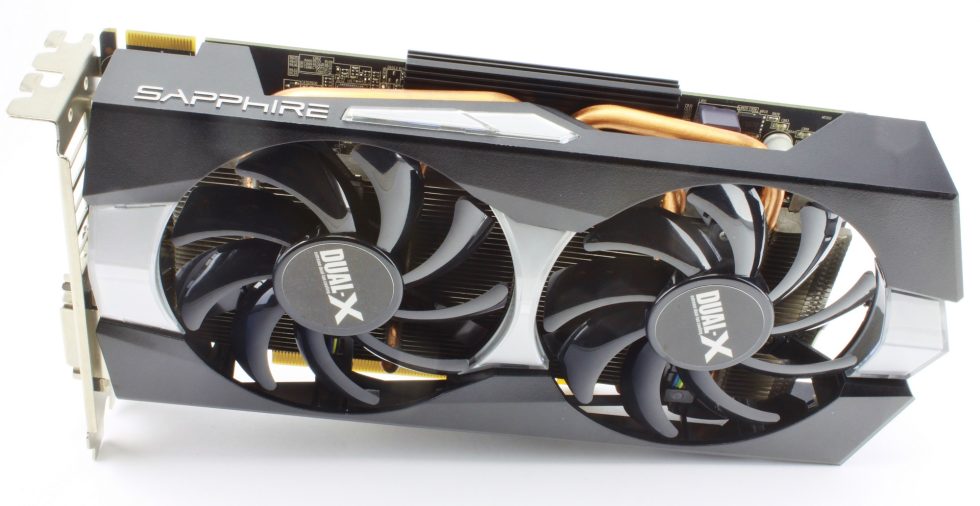
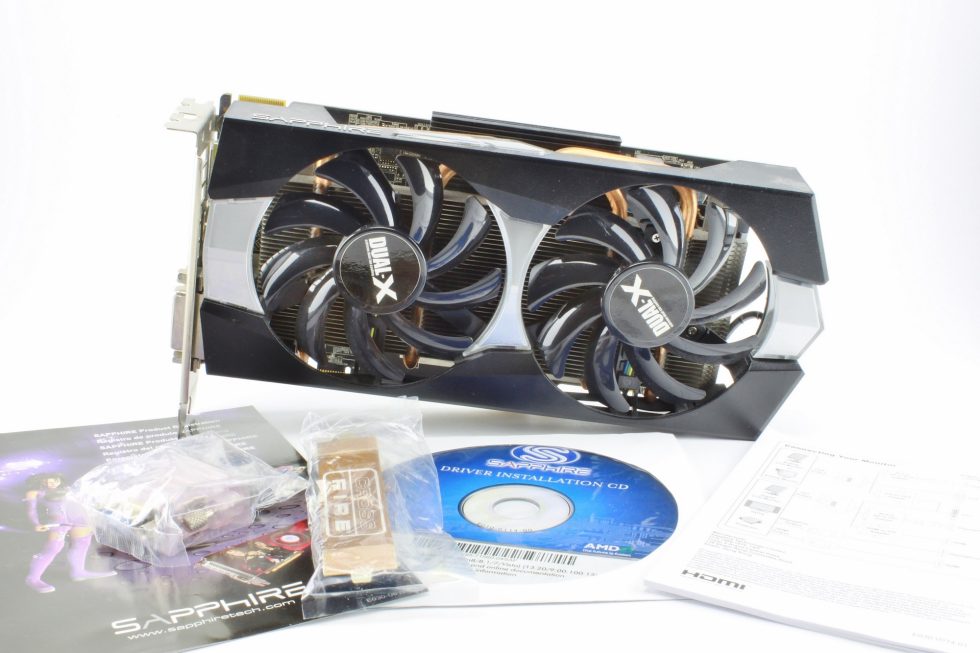
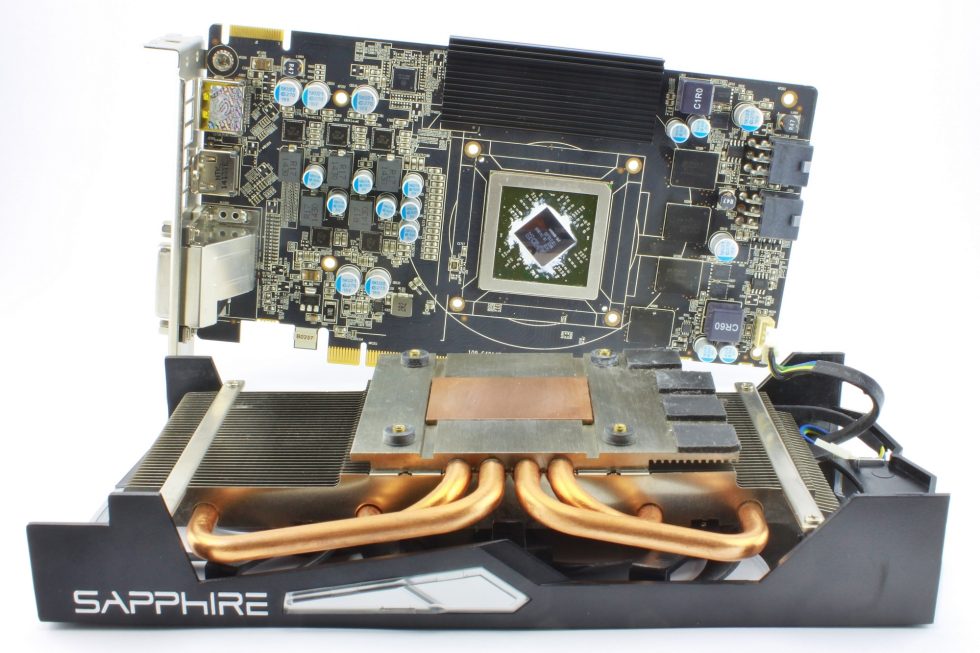
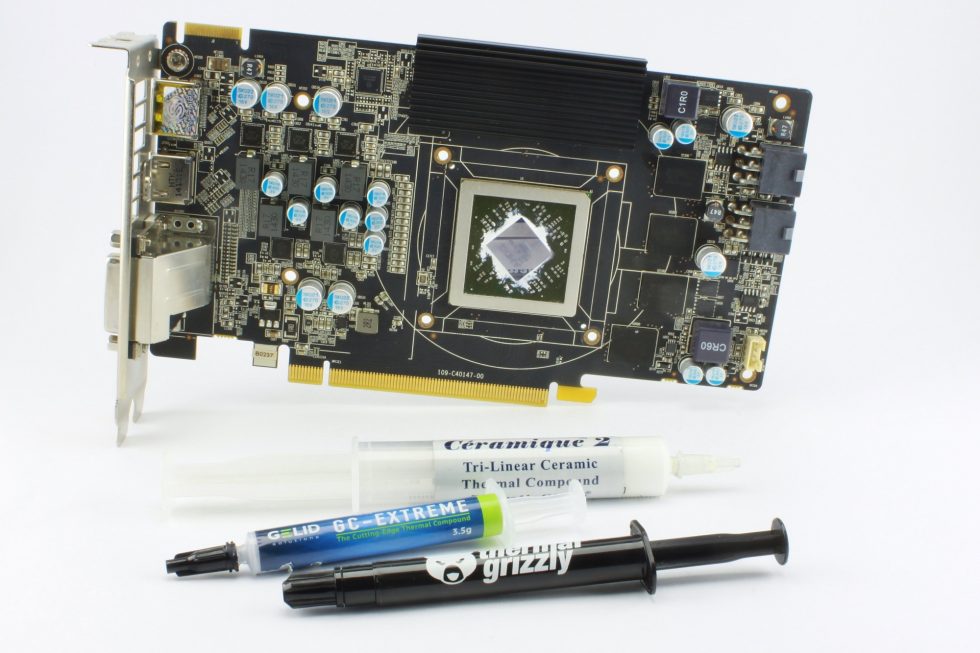
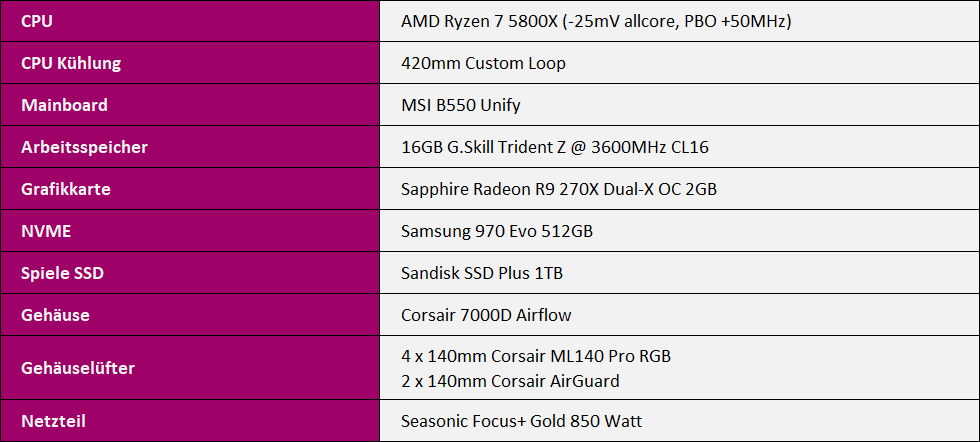

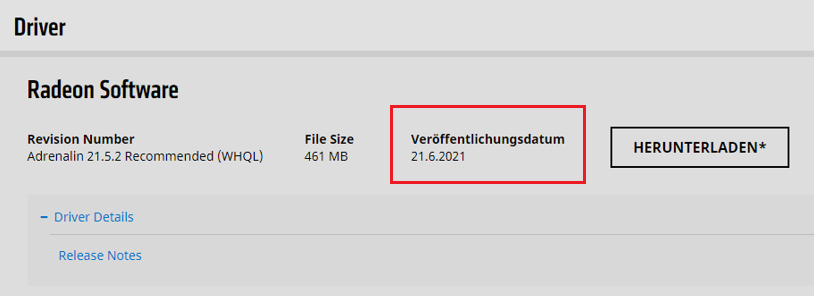
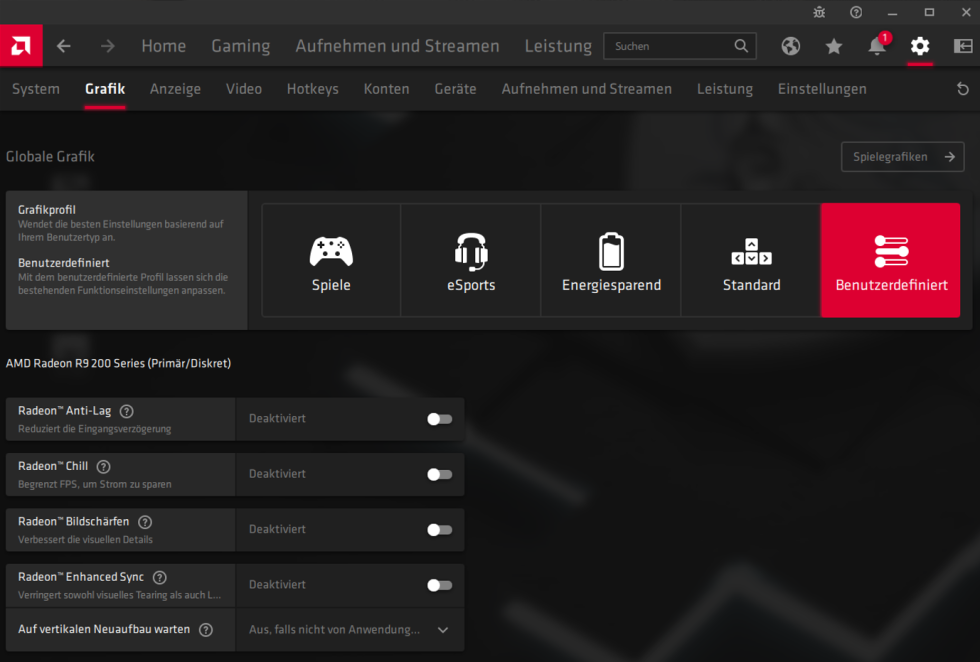
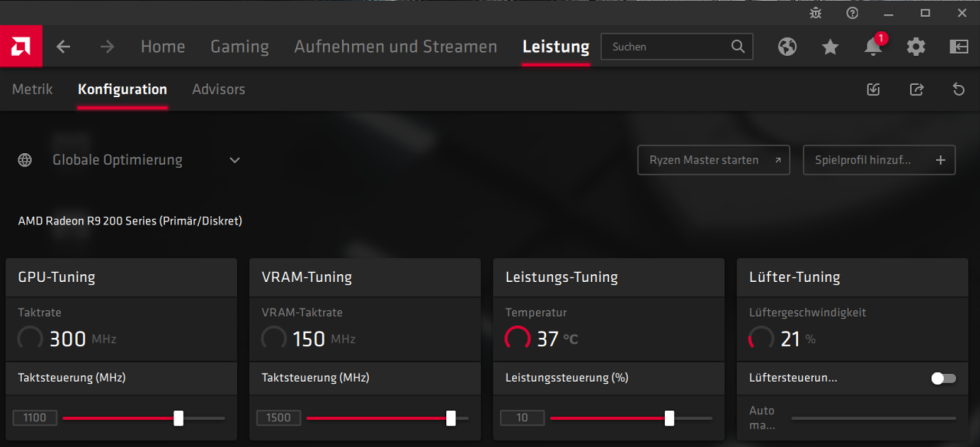
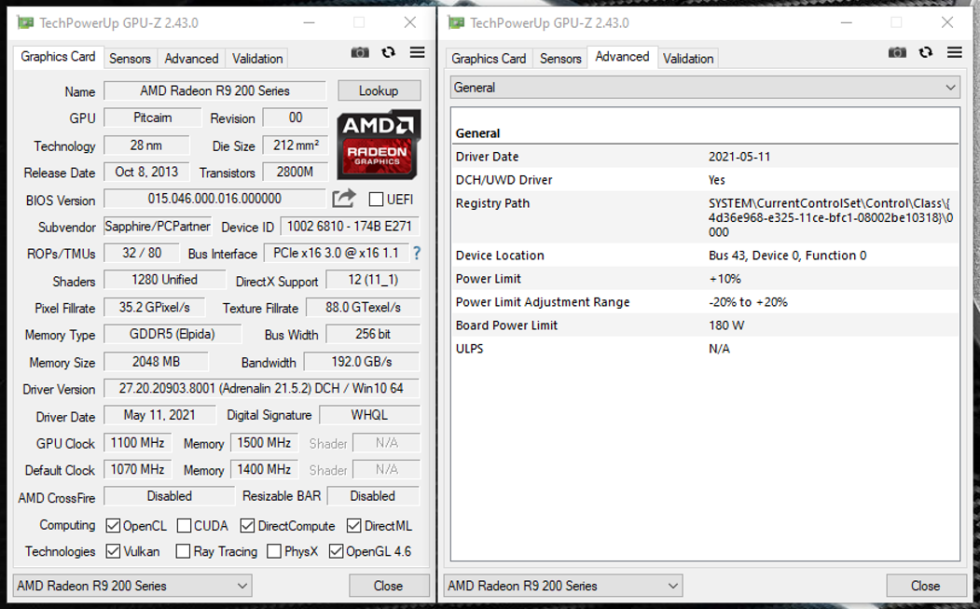







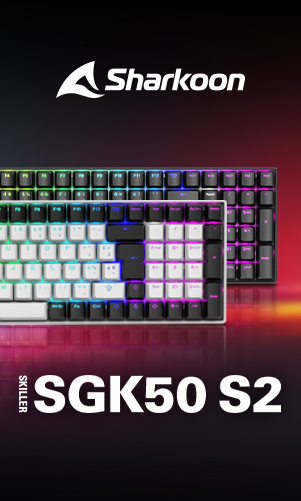

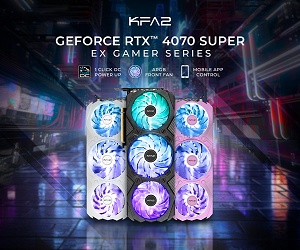
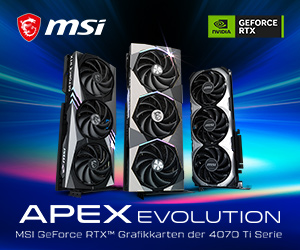







43 Antworten
Kommentar
Lade neue Kommentare
Urgestein
Neuling
Mitglied
Urgestein
Urgestein
Mitglied
1
Urgestein
Urgestein
Urgestein
Moderator
Urgestein
Urgestein
Mitglied
Mitglied
Veteran
Urgestein
Alle Kommentare lesen unter igor´sLAB Community →